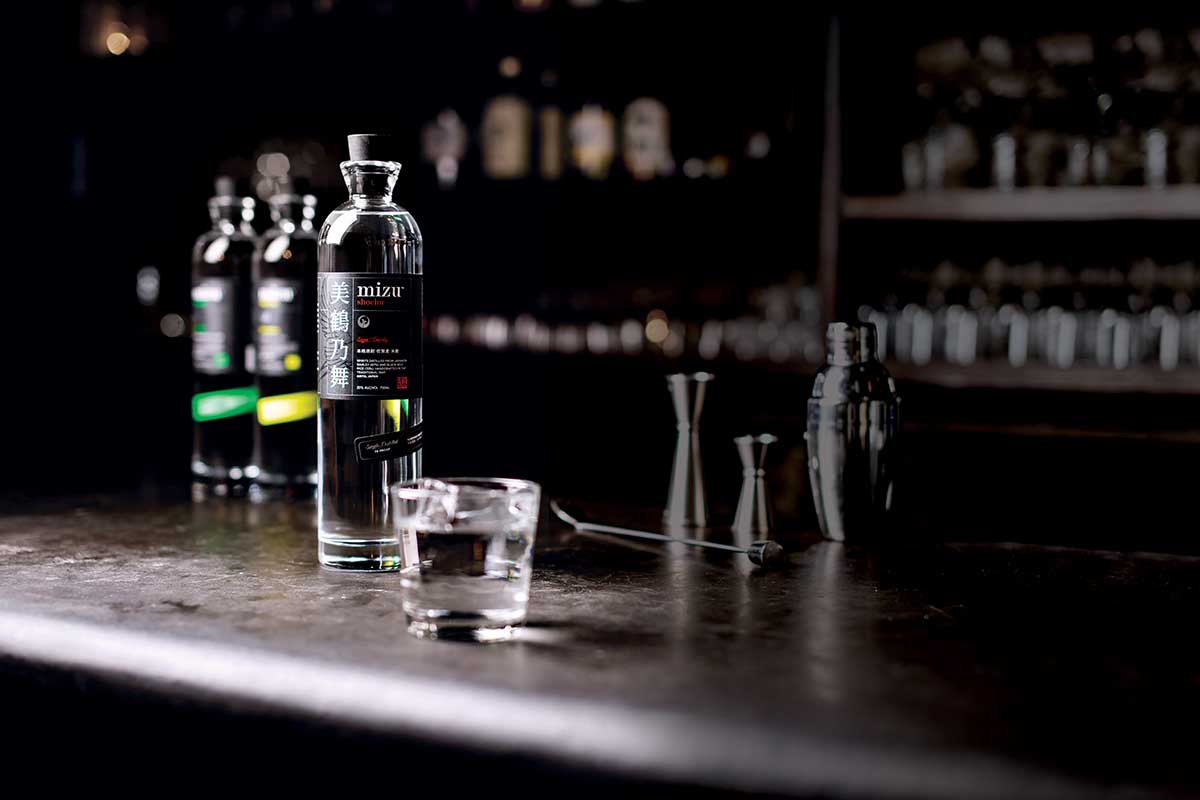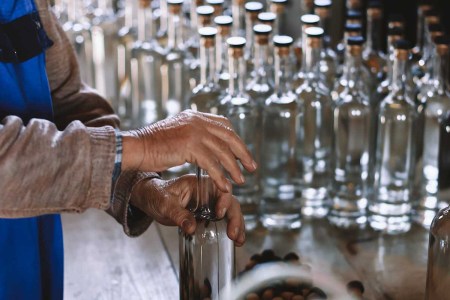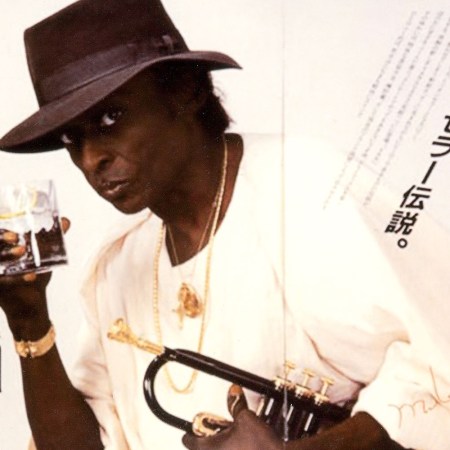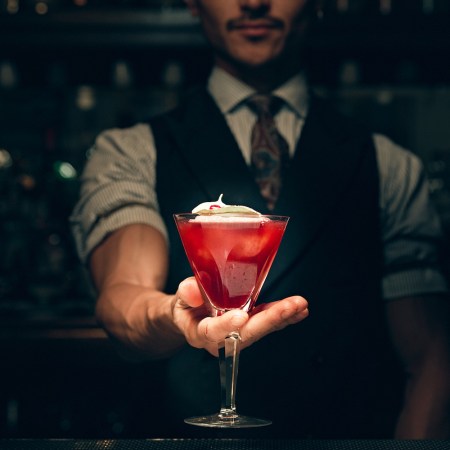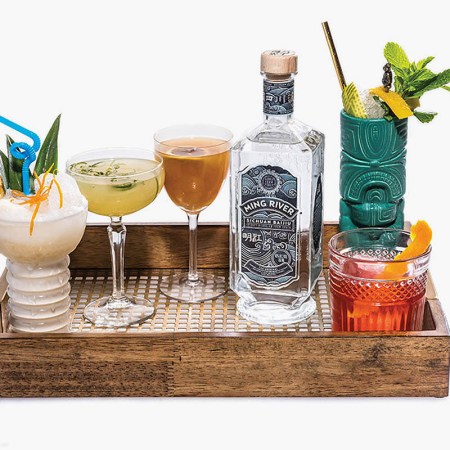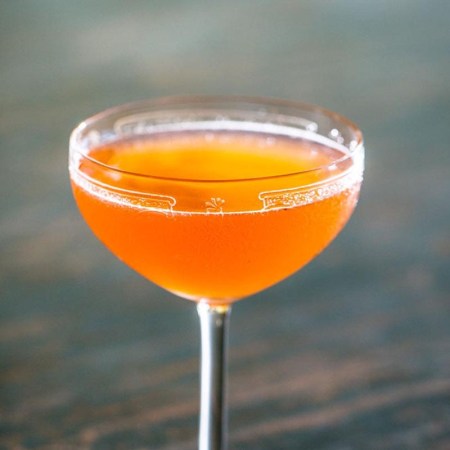Every sushi bar and Japanese steakhouse in America has Sapporo, Asahi and a range of sake. The higher-end ones may even offer Suntory Toki Highballs or pour Japanese whiskies like Yamazaki and Nikka. But if you’re looking for an alternative beverage to pair with your nigiri and tempura, you need to be drinking shochu.
Shochu is Japan’s original spirit, made for more than 500 years, and yet it’s one of the country’s best-kept secrets. Flavorful, varied and utterly unique, shochu (and its sibling, awamori) was, until recently, difficult to find outside its homeland. That has been changing, and now there are many brands of honkaku (authentic) shochu available in the United States, each offering complex flavors and aromas that will make even the most diehard whiskey drinker rethink their stance on clear spirits. (Note: shochu is not the same as soju, a Korean spirit that’s typically produced more cheaply that has a more neutral profile.)
Beyond Baijiu: 5 Must-Try Spirits From Around the World
From rakija to arak, five international liquors with storied histories and unique profilesThe secret to shochu’s flavorful depth lies in how it’s made. More than 50 base ingredients can be used — there’s an official, government-regulated list — but the most common are sweet potato (imo), rice (kome) and barley (mugi). After the main ingredient is cooked, it’s mixed with koji, a fungus that’s used in other Japanese food and drink including soy sauce, miso and sake. The koji (which can be white, black or yellow) helps convert starches to sugar, which facilitates fermentation. (Yeast needs to eat sugar in order to make alcohol.) In addition, koji produces dozens of enzymes that unlock and transform flavors and aromas that come from the base ingredient and fermentation.
Christopher Pellegrini, the author of The Shochu Handbook and co-founder of Honkaku Spirits, which imports about a dozen brands of shochu into the United States, calls koji enzymes “magic,” explaining how each variety adds umami while introducing unique flavors into the spirit. “Yellow koji tends to highlight fruity and floral aromas in the fermentation,” he says. “Black koji heads in an earthier direction with hints of mushrooms, while white koji is somewhere in between.”
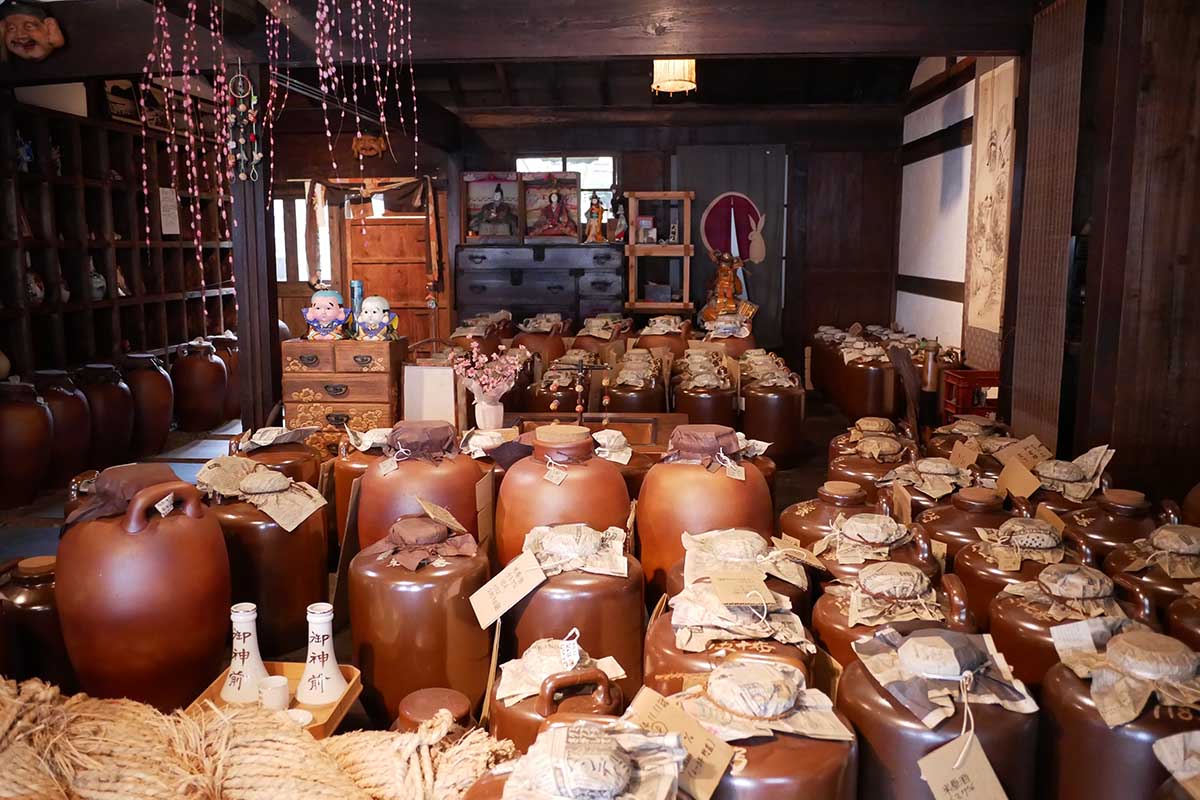
Once fermentation is complete and the mixture is mildly alcoholic, it undergoes a single distillation in a pot still. Distilling just once preserves much of the flavor and aroma that was created during fermentation and leaves the spirit with a full body. Sometimes a vacuum still is used, allowing the most delicate characteristics to shine. This is just about the gentlest way a spirit can be distilled, and it’s key to shochu’s ability to be both intensely complex and extremely smooth at the same time.
When it comes off the still, shochu is usually between 34% and the legal maximum of 45% ABV. The spirit is then transferred to neutral containers (made of stainless steel or traditional clay) or wood barrels for an aging period of three to 12 months, or occasionally much longer. During this time, shochu’s flavors undergo a further transformation as the spirit slowly oxidizes and, if in barrels, takes on flavor from the wood. Before bottling, shochu is usually filtered and diluted to 20% to 35% ABV, although uncut and unfiltered shochu exist too.
Shochu’s Past and Present
Though more widely consumed in Japan than its close relative sake, shochu hasn’t achieved the the same international recognition. Also made with koji and rice, sake has been brewed in Japan’s cooler areas for 2,500 years. But it was rarely produced on southern islands like Kyushu, where warmer temperatures can cause infection during the brewing process. When distillation technology arrived in Japan in the 1500s, these areas found a way to make consistent, quality alcohol in spite of the climatic disadvantages, and thus shochu was born.
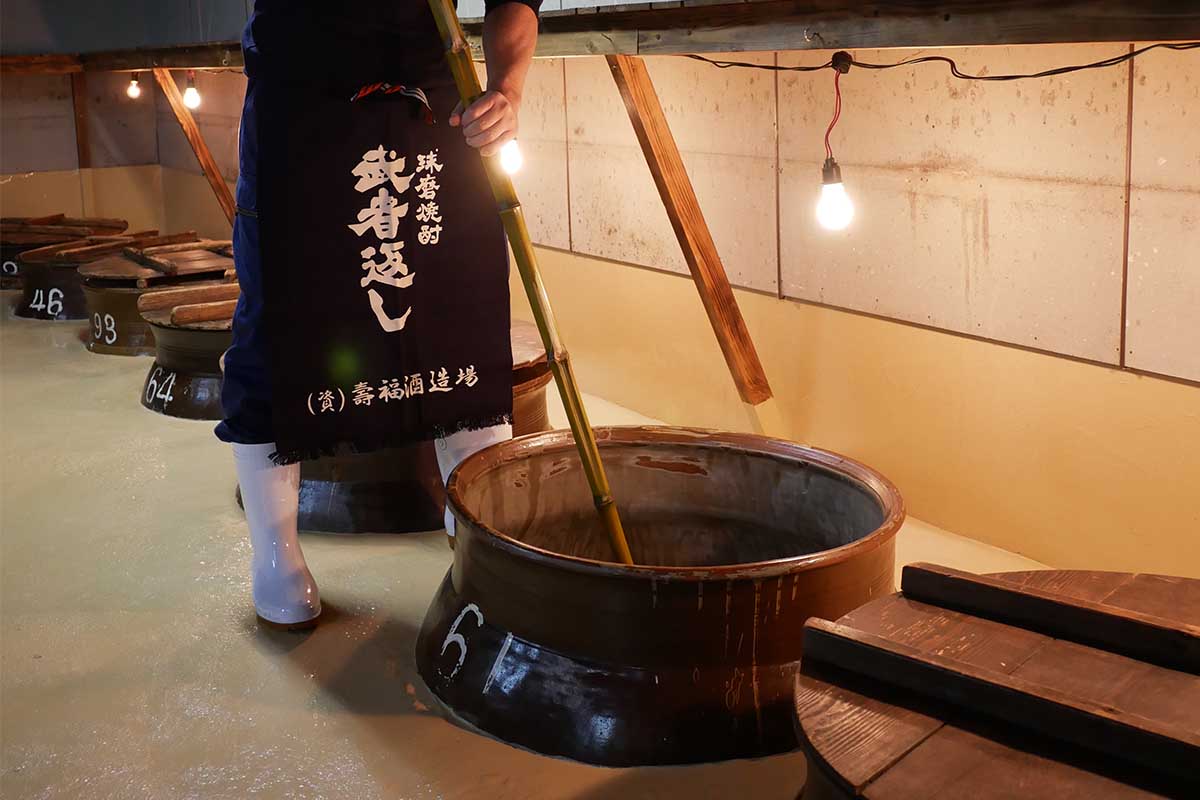
Shochu makes use of the land’s rich agricultural diversity, employing everything from staple crops to shiso, sesame, aloe, milk and, in the Amami Islands, the local black sugar called kokuto. Until the late 1800s, shochu was mainly a small-scale affair, consumed where it was made, by thousands of rural producers. “It was a local blue-collar drink,” says Stephen Lyman, Honkaku Spirits ambassador. A government push in the late 19th century led many distilleries to incorporate and eventually consolidate, though even today there are still hundreds of family-owned companies making unique shochu.
Available pretty much only in Japan for most of its history, the category experienced a big boom in the early 2000s, overtaking sales of sake. As that domestic surge has subsided, shochu makers are looking abroad to cultivate a new base of consumers. And the United States seems ripe for embracing the spirit.
“We’re living in the times of the craft spirits adventurist — the appetite for discovery and appreciation for authenticity is at an all-time high,” says Jesse Falowitz, co-founder of Mizu shochu, noting that the spirit’s history and agricultural pedigree are key points of attraction for consumers. “Combine all of this with the insatiable demand for Japanese spirits, the intrigue around its unique bar culture, as well as the world’s ongoing love affair with its cuisine, and we’re looking at the perfect storm. It’s not a matter of time anymore — we’re seeing the start of something really big here.”
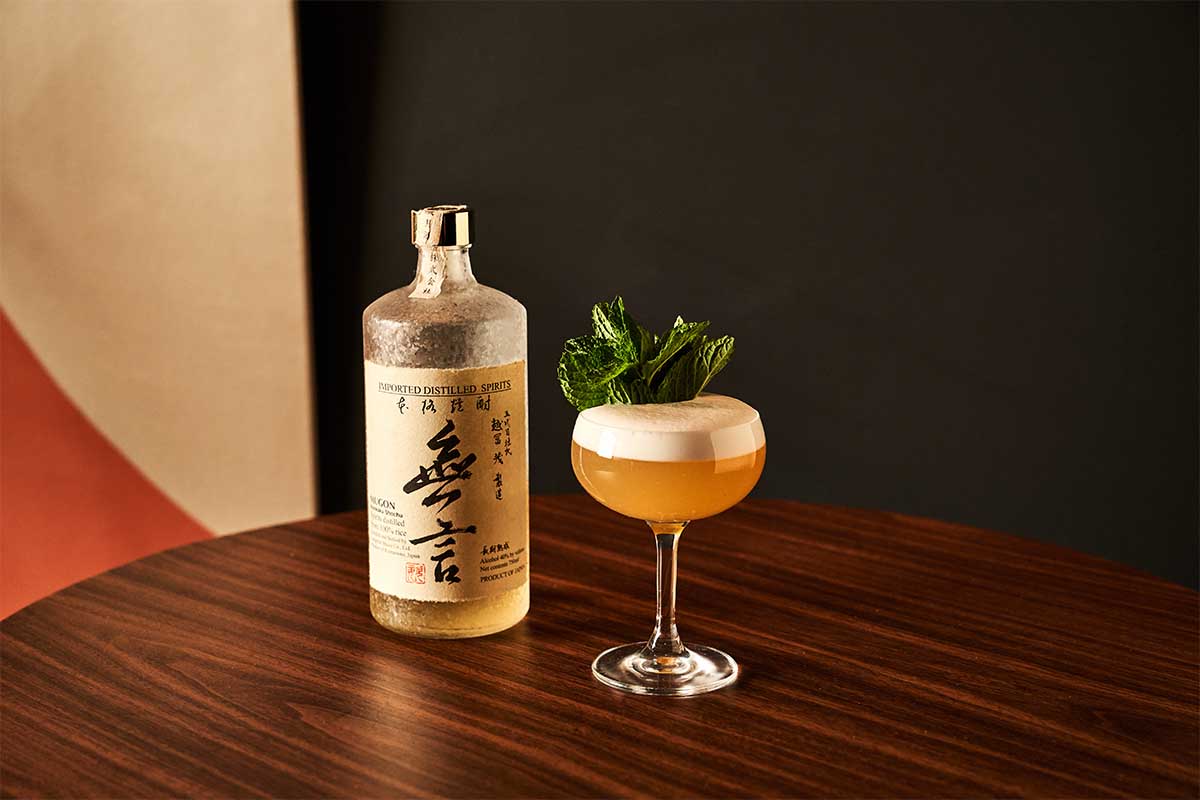
How to Drink Shochu
Japanese drinkers typically enjoy shochu neat, on the rocks, and mixed with ice and cold water (which is called mizuwari) or with hot water (oyuwari). Different ratios and preparations are recommended depending on the shochu’s base ingredient or flavor profile. “Fruity, floral and more tropical shochu tend to play well with sparkling water, while earthier and richer aroma profiles slide toward oyuwari,” Pellegrini says. “Just about any shochu will hold up nicely on the rocks.”
The chuhai — a simple highball with shochu, carbonated water and citrus — is served in many bars and sold in cans in Japan’s countless convenience stores and vending machines. Chuhai almost always uses korui shochu, a cheaper version of the spirit, made in a column still, that lacks the complexity of honkaku shochu. But sodawari, mixing honkaku shochu with club soda or seltzer, is another traditional serve.
In the United States, shochu has been adopted by bartenders, too. (The Japan Sake and Shochu Makers Association has a slew of unique shochu cocktail recipes from leading bartenders.) “There’s a really high degree of appreciation for the level of craftsmanship, and the nuances of its character,” Falowitz says. He notes that when Mizu first debuted in the stateside, its proof — 35% ABV — was initially seen as a drawback behind the bar. But now it fits right into the rising no-and-low cocktail movement.
At Rule of Thirds in Brooklyn, New York, beverage director Andy May uses shochu in several cocktails, highlighting chuhais in particular. “That’s the gateway into shochu cocktails,” he says. Rule of Thirds mixes the guest’s choice of shochu with grapefruit juice, lightly sweetened hojicha tea and soda water, garnishing the drink with a grapefruit slice. Beyond the simple highball, May tinkers with using shochu in split-base versions of classic cocktails (a technique he says allows the spirit to shine without getting lost) and employs it in a variety of more complex recipes as well.
However you choose to enjoy shochu, there’s an added bonus if you’re making a night of it. Shochu is much easier on the system than many other spirits. You’ll still get a hangover if you drink enough, of course. But something about the enzymes created by the koji, the single distillation and the average lower proof makes shochu relatively gentle compared to more mainstream spirits.
Where to Try Shochu
In Japan, shochu is often consumed at meals or with snacks, and no wonder: the combination of expressive flavor and low proof means it can stand up to heavier dishes like karaage chicken and tonkotsu ramen without overwhelming more delicate flavors like those found in edamame or sashimi. U.S. Japanese restaurants are stocking more shochu than ever, with many offering special promotions during Shochu Month (which ran through early March).
Year-round, excellent shochu selections can be found at these venues:
- Bar Kumiko, Chicago
- Dr Clark, New York City
- Komé, Center Valley, PA
- Ok Yaki, Atlanta
- Rule of Thirds, Brooklyn, NY
- Sake Bar Decibel, New York City
- Shibumi, Los Angeles
- Tsunami Panhandle, San Francisco
- Wokuni, New York City
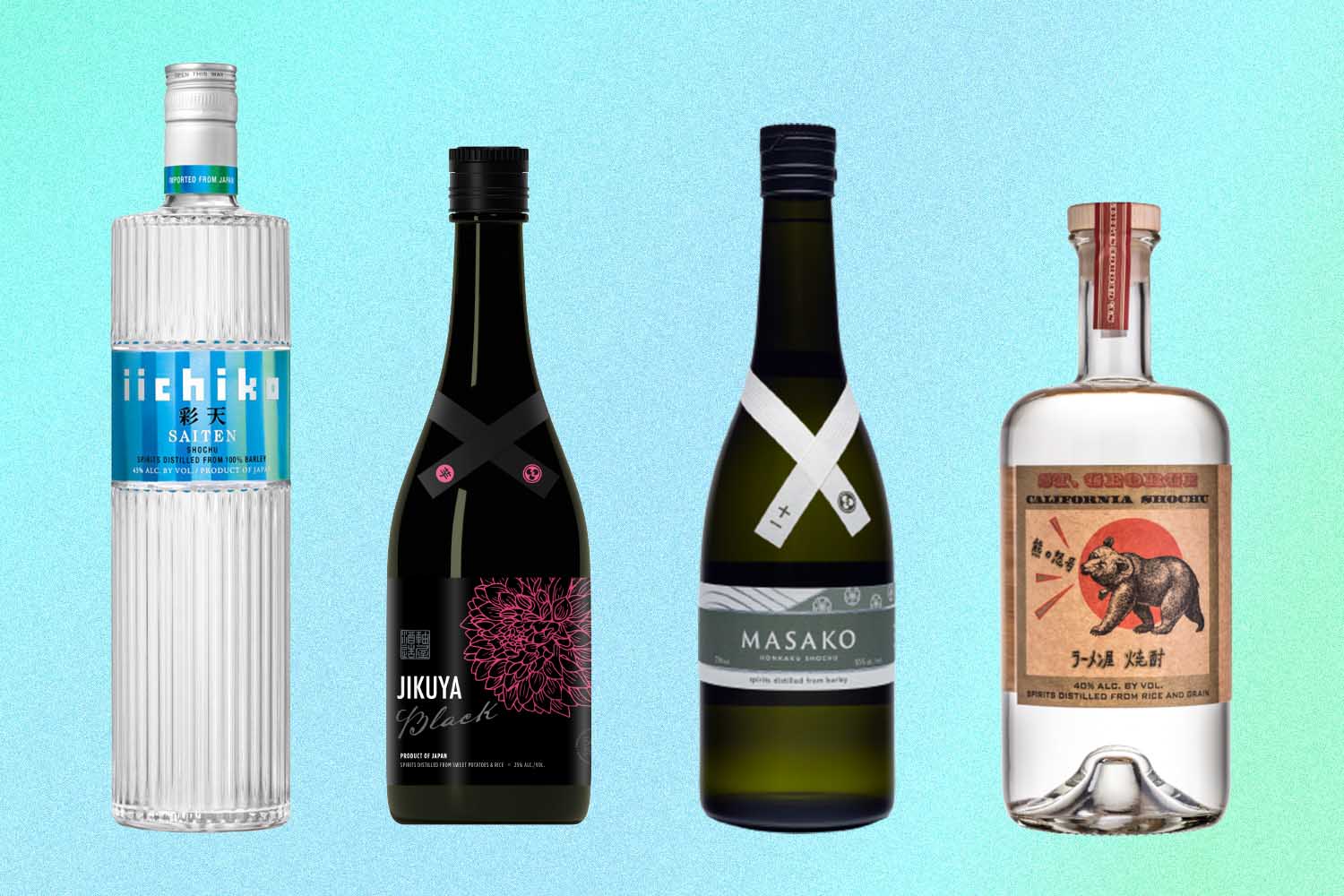
Recommended Bottles of Shochu
As you might expect, shochu’s various base ingredients yield different flavor profiles. But even within a single ingredient, like sweet potato, there can be a ton of variation. Here are some bottles that highlight unique flavors and aromas and can be found throughout the United States.
Colorful ($55): The name doesn’t lie: a rainbow of bright fruit and floral notes is achieved through the collaboration of the two tojis (master brewer-distillers) who created this blend from their unique shochu collection, made with two different varieties of sweet potato. BUY
Iichiko Saiten ($33): Subtle notes of citrus, stone fruit and melon combined with a relatively high 86 proof make this barley shochu ideal for mixology, though it’s great in a simple highball, too. BUY
Jikuya Black and White ($46): This matched pair allows you to compare both black and white koji, as well as two different varieties of sweet potato. Black uses the popular kogane sengan, while White employs the less common anno imo. BUY
Kana ($69): Made in the Amami Islands from rice and the local black sugar called kokuto, this shochu spends a year aging in oak casks, which lend it a delicate butterscotch flavor. BUY
Mizu Green Tea ($41): This is not a green tea–flavored shochu — the tea itself is part of the spirit’s base ingredients, along with barley and black koji rice. It’s powerfully fragrant with a velvety texture. BUY
Masako ($47): Aged for more than 11 years in ceramic pots and enamel-lined tanks, this rich barley shochu is named for its creator, fifth-generation toji Masako Furusawa. BUY
Mujen Original ($40): Hollywood backers and stylish packaging boost this rice shochu’s visibility without compromising on a soft yet expressive aromatic profile. BUY
St. George California Shochu ($38): One of the few non-Japanese releases of shochu, this uses locally grown Calirose rice and koji grown by Takara Sake of Berkeley, CA. BUY
Every Thursday, our resident experts see to it that you’re up to date on the latest from the world of drinks. Trend reports, bottle reviews, cocktail recipes and more. Sign up for THE SPILL now.
